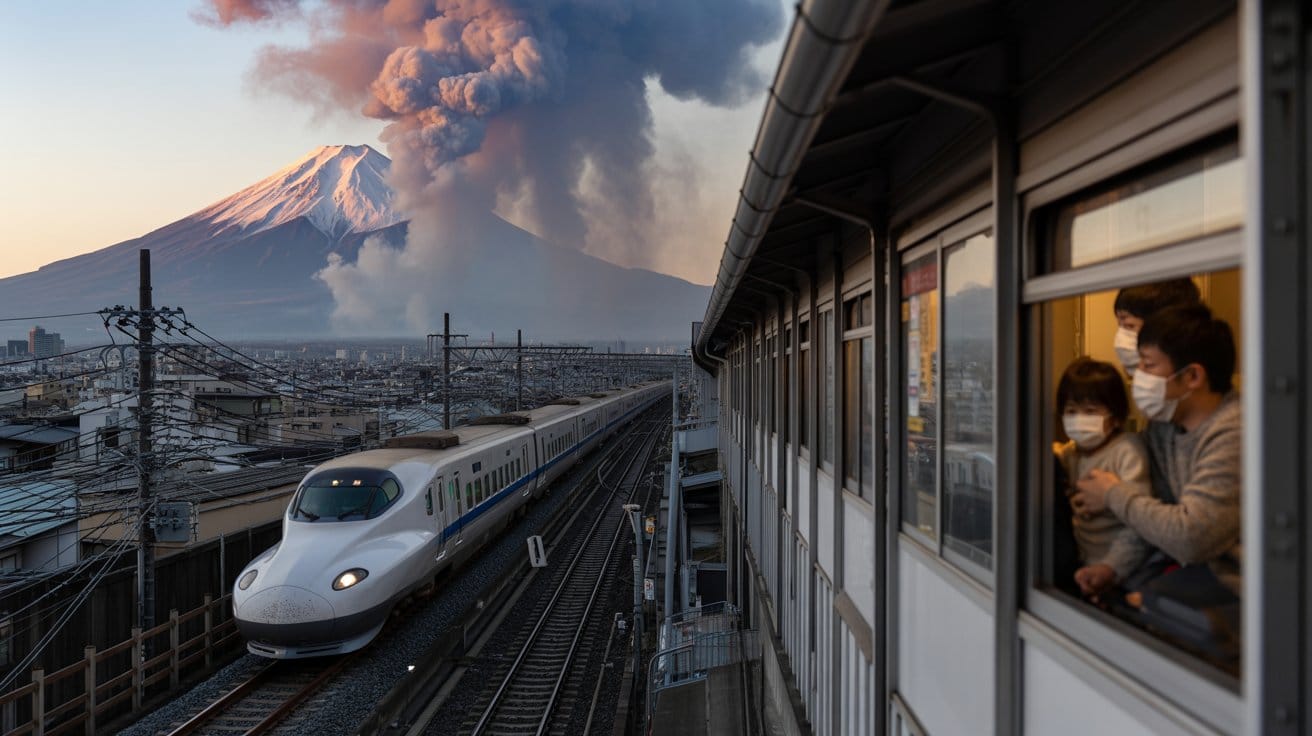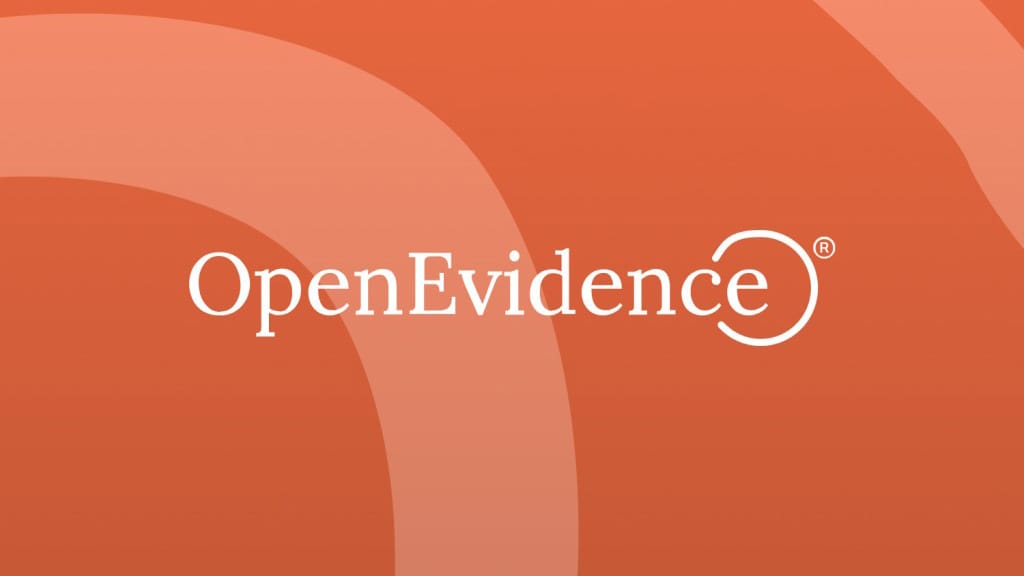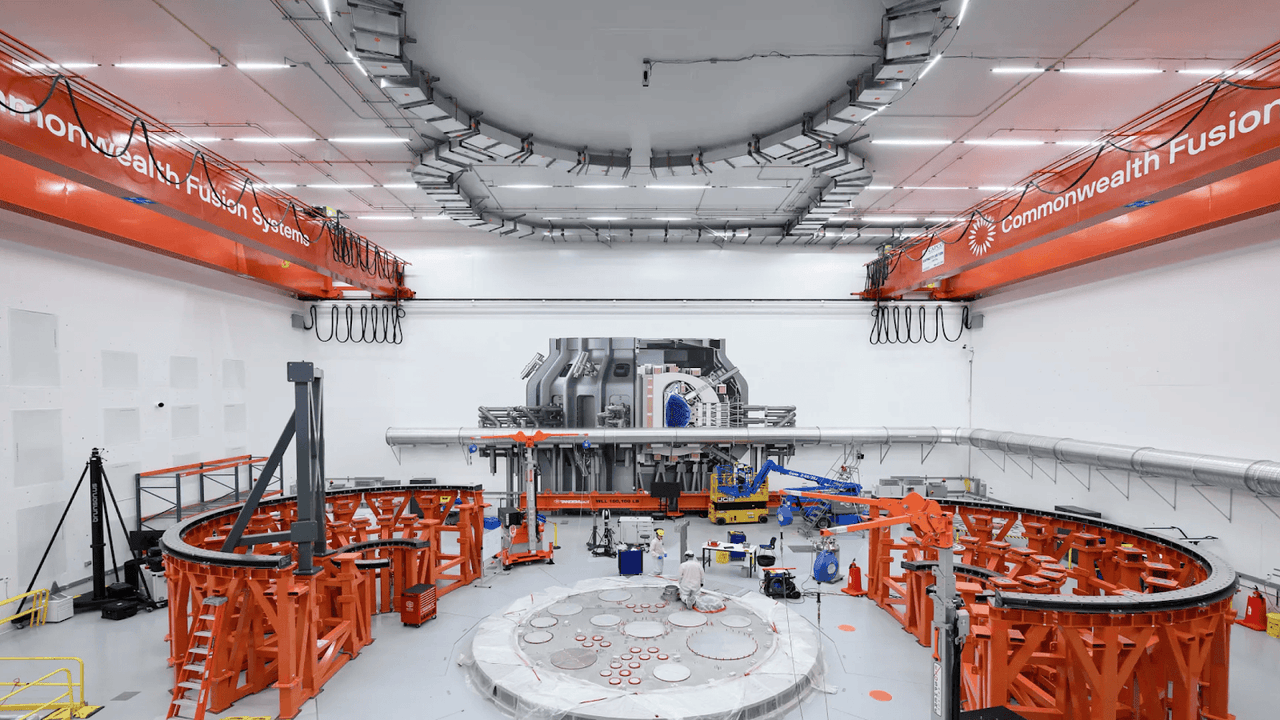When Mount Fuji Erupts on Screen: Tokyo Turns to AI for Disaster Readiness

On the eve of Volcano Disaster Preparedness Day, Tokyo’s metropolitan government unveiled a video that felt more like a dystopian trailer than a public-service announcement. Generated with the help of artificial intelligence, the short film dramatized a scenario few residents want to imagine: Mount Fuji erupting without warning, sending ash clouds billowing over the capital. Within hours, the city is blanketed in gray. Trains grind to a halt. Power lines sag under volcanic dust. Tap water turns murky. Families huddle indoors, struggling to breathe through masks.
The government was careful to clarify: this was not a forecast. Fuji is quiet, at least for now. The video was a drill, a cinematic nudge to remind Tokyo’s 14 million residents that disaster can arrive without notice. Still, the AI-rendered simulation struck a nerve. It was eerie precisely because it felt plausible. A layer of ash just a few centimeters thick, officials warned, would be enough to paralyze bullet trains, close airports, clog drainage systems, and contaminate water supplies. And unlike an earthquake, which strikes and passes in seconds, ash lingers — an abrasive, suffocating shroud that can cripple a modern city for weeks.





